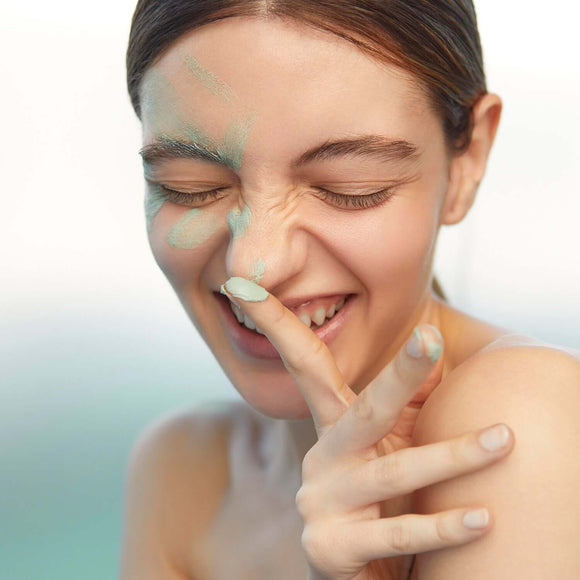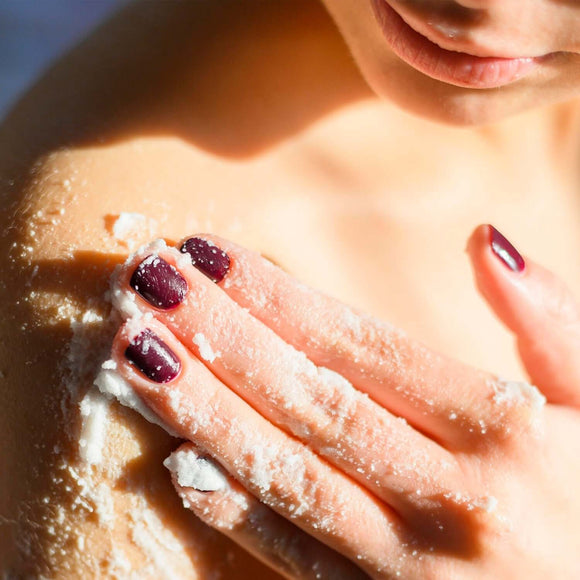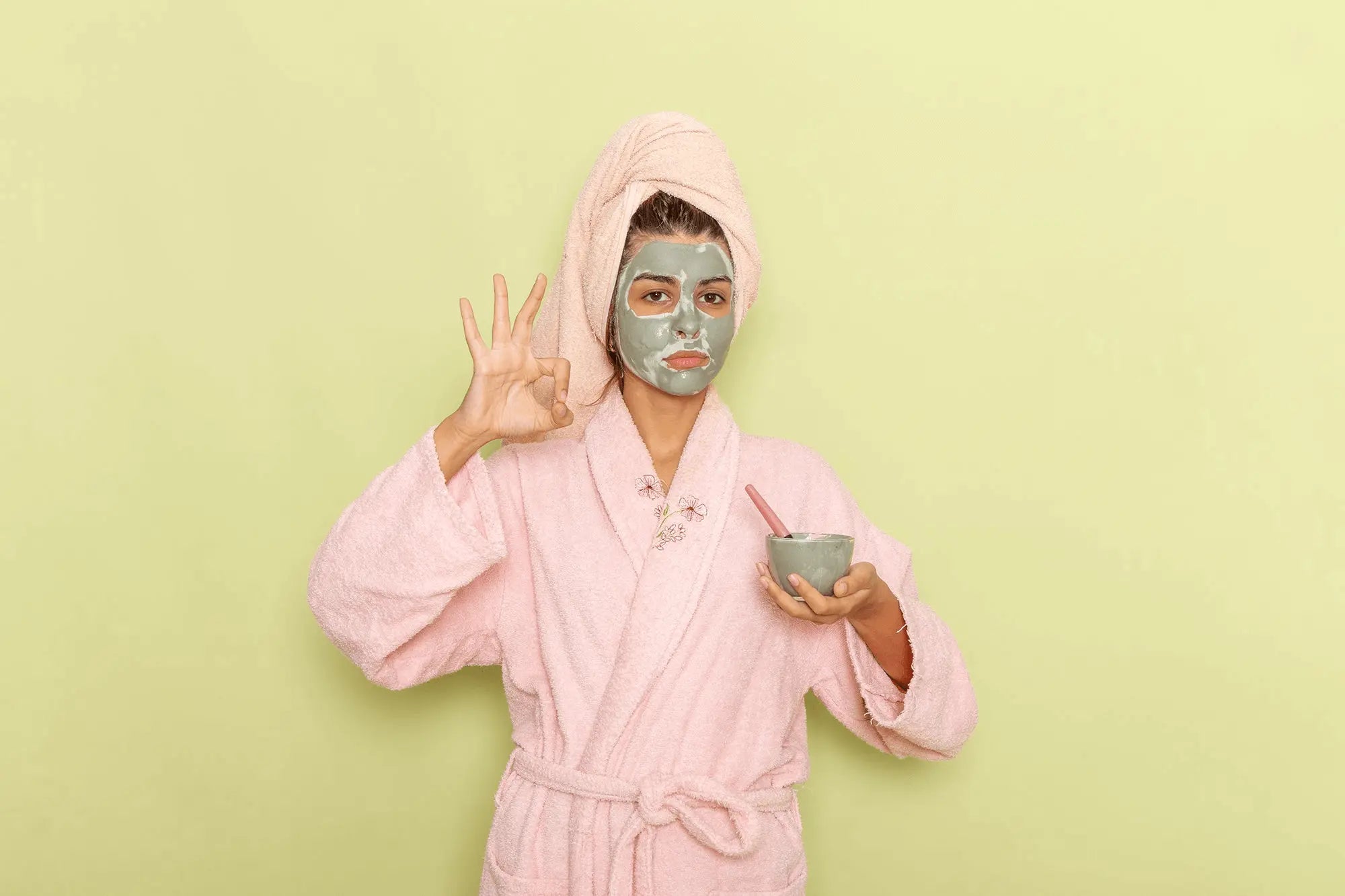
Say Goodbye to Warts and Skin Tags, Naturally
DR. Saleha
Understanding Warts and Skin Tags: Causes, Care, and Natural Solutions
When it comes to skin health, two common concerns that often cause confusion are warts and skin tags. Though they may seem similar at first glance, they have different causes and treatments. Understanding how to identify and care for each can help you manage your skin safely and effectively.
What Are Warts?
Warts are small, rough growths caused by the human papillomavirus (HPV). They can appear anywhere on the body but are most commonly found on hands, feet, and knees. Warts are contagious and can spread through direct contact or shared surfaces.
Types of Warts
-
Common warts: Usually appear on fingers or toes with a rough surface.
-
Plantar warts: Found on the soles of the feet, often painful.
-
Flat warts: Smaller and smoother, usually appearing in clusters on the face or legs.
What Are Skin Tags?
Skin tags are small, soft, flesh, colored growths that often appear in areas where skin rubs together, such as the neck, underarms, and eyelids. Unlike warts, skin tags are not contagious and are usually harmless.
They’re more common in adults, especially those who are overweight or have diabetes, and can be influenced by genetics or hormonal changes.
Natural Ways to Care for Warts and Skin Tags
If you're not ready for clinical treatments, there are gentle at-home approaches that may help reduce the appearance of warts and skin tags, especially for mild cases.
Apple Cider Vinegar
ACV is a popular remedy for both warts and skin tags due to its acidic nature.
How to use:
-
Soak a cotton ball in ACV and apply it to the affected area.
-
Secure with a bandage and leave overnight.
-
Repeat daily until results appear (usually within 1–2 weeks).
Note: ACV can cause irritation, avoid using on sensitive skin or near eyes.
Tea Tree Oil
Tea tree oil is known for its antiviral and antiseptic properties, making it a popular option for wart treatment.
Instructions:
-
Dilute tea tree oil with a carrier oil (like coconut oil).
-
Apply twice daily with a cotton swab to the wart or tag.
When to Seek Professional Help
While natural remedies can be effective, it’s important to consult a dermatologist or skin care professional if:
-
The growths change in size, color, or texture.
-
Warts become painful or multiply quickly.
-
You’re unsure if it’s a wart or another type of skin lesion.
Some clinics offer quick and painless removal procedures like cryotherapy or laser treatments for skin tags and warts, often with minimal downtime.
Prevention Tips for Healthy Skin
Prevention plays a big role in managing skin concerns. Here are some expert approved ways to avoid warts and keep your skin clear:
-
Avoid sharing towels or razors.
-
Keep skin dry and clean, especially in moist areas like feet.
-
Wear flip flops in public showers or pools.
-
Use gentle exfoliators to remove dead skin and boost immunity.
Frequently Asked Questions (FAQ)
Are warts and skin tags the same?
No, warts are caused by a virus and are contagious. Skin tags are benign growths usually caused by friction and are not contagious.
Can skin tags fall off on their own?
Yes, in some cases. However, many remain until removed via safe methods.
Is it safe to remove warts at home?
Some natural remedies can work, but always monitor for irritation. If unsure, consult a professional.
Final Thoughts
Warts and skin tags are common and usually harmless, but knowing the difference helps you take the right action. Whether you choose a natural remedy or clinical treatment, what matters most is choosing a method that respects your skin’s needs. Always test new products or ingredients on a small area and prioritize gentle, nourishing care.
If you’re struggling with persistent growths or need personalized advice, don’t hesitate to consult a trusted skin expert.








